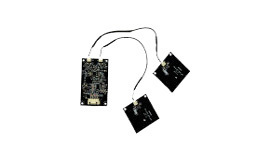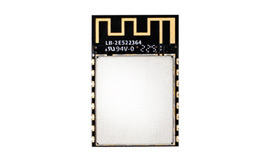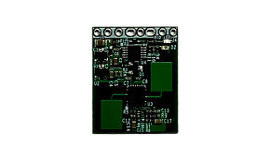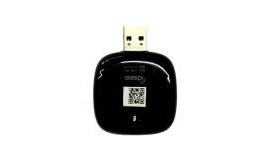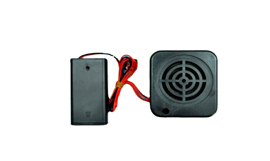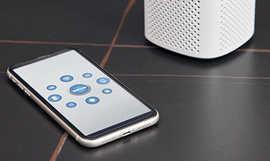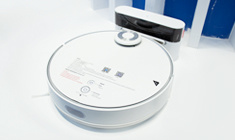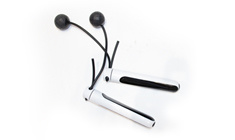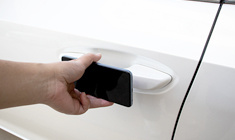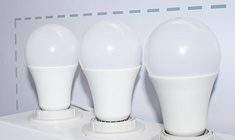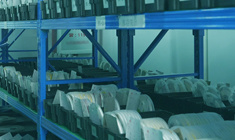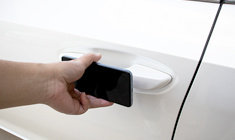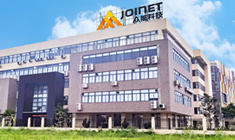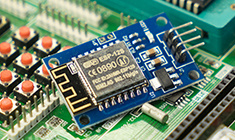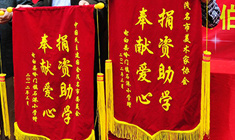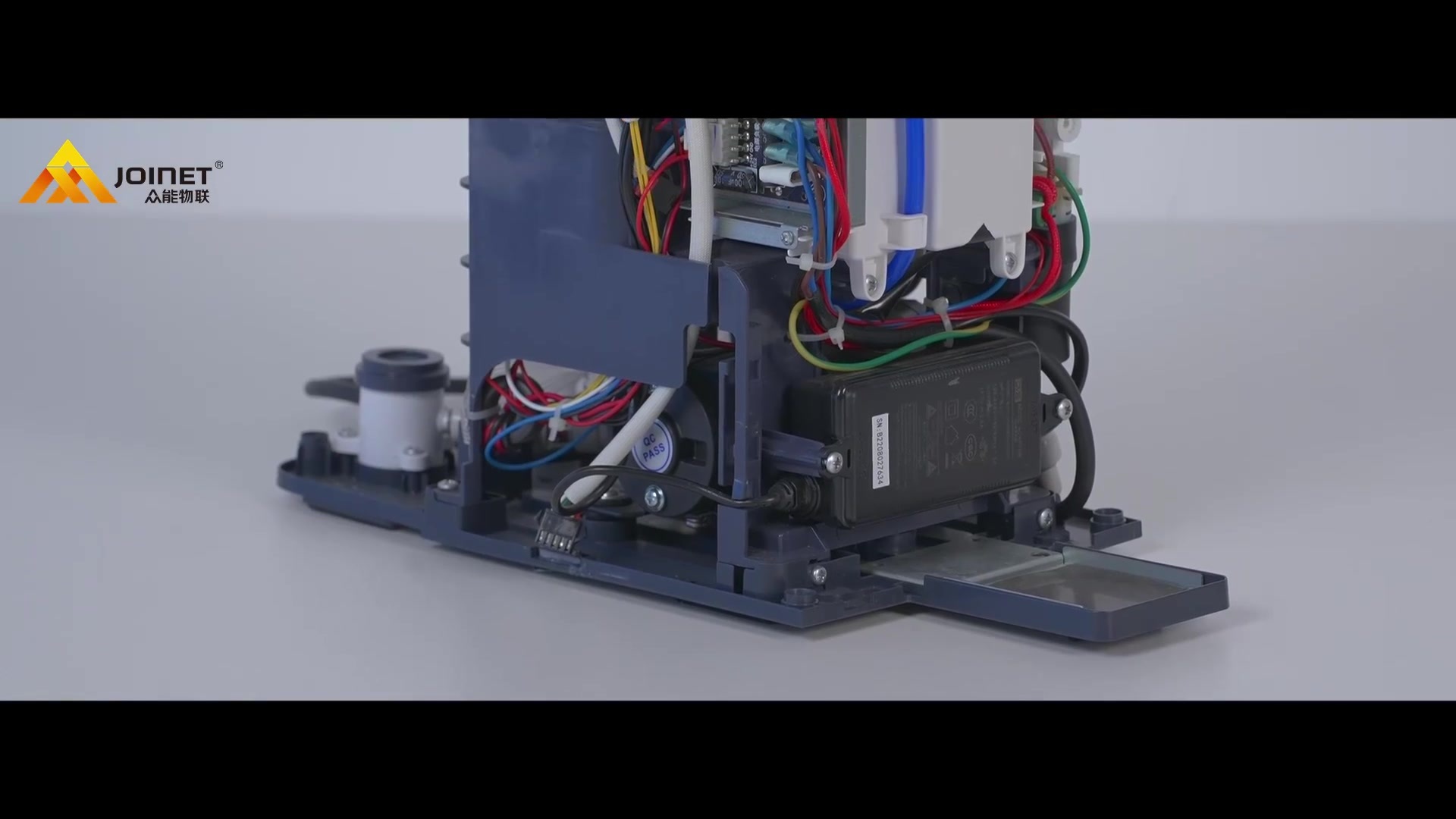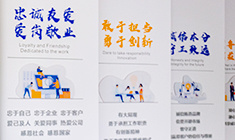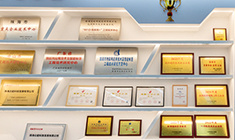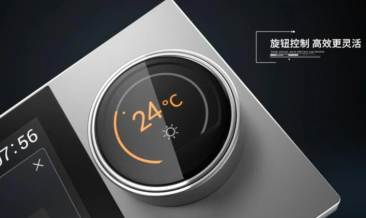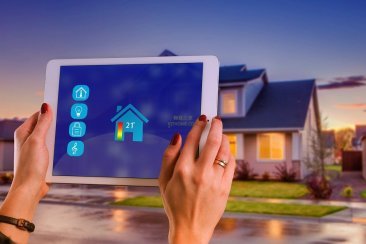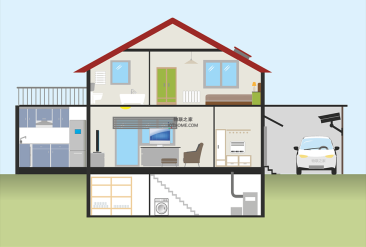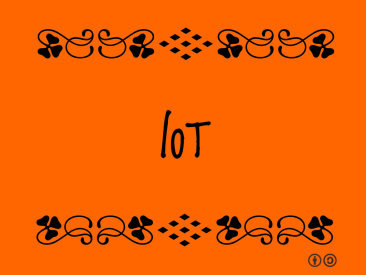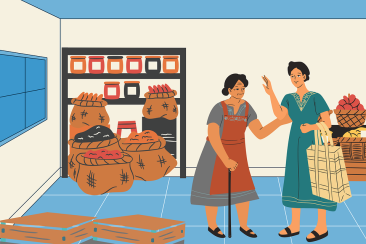
4 ways the Internet of Things can help disaster management
发布时间:
2021-09-09
To better understand the topic, we must first give a brief introduction to disaster management.Disaster management aims to mitigate the potential damage of disasters, ensure timely and appropriate relief to victims, and achieve effective and rapid recovery. These objectives require planned and effec
To better understand the topic, we must first give a brief introduction to disaster management.
Disaster management aims to mitigate the potential damage of disasters, ensure timely and appropriate relief to victims, and achieve effective and rapid recovery. These objectives require planned and effective relief operations in the wake of such disasters. Therefore, information on the impact of the disaster is needed to plan effective and immediate relief operations. Today, the Internet of Things can be of great help in terms of disaster management needs, such as raising awareness and planning rescue operations.
The Internet of Things offers disruptive potential in the prevention, preparedness, response and recovery phases of disaster management. We can check them out below.
1. Prevention
The Internet of Things could be a game changer for disaster prevention in the following ways.
The use of real-time sensor-based data can greatly facilitate monitoring. Examples include:
▲ Vehicles using telematics
▲ Water level sensor
▲ Sensors to monitor wildfires, tornadoes, earthquakes, storms and volcanic activity
▲ Protect critical infrastructure through predictive maintenance
▲ Reduce hazards by monitoring the environment with sensors for contaminants (including radioactive scenarios)
▲ Start the early warning and monitoring system
2. Preparation
The Internet of Things has the potential to simplify preparation.
▲ Use sensor technology to solve real-time inventory and replenishment spare parts planning, as well as automatic order processing
▲ Asset tracking and tracing
▲ Predictive resource deployment using advanced event processing to inform actions based on flow sensor data
3. Response
Iot can facilitate response planning and action in the following ways:
▲ Vehicle tracking and geographic information system integration
▲ Use sensors to monitor the movement of key personnel
▲ Use NFC for geo-fencing Settings
▲ Situational awareness and event management through streaming data, unstructured data processing, predictive analytics, big data, advanced event processing, and social media analytics
4. Recovery
The Internet of Things can be a powerful enabler of disaster recovery efforts and activities in the following ways:
▲ Use sensor technology to identify and verify beneficiaries
▲ Use of smart cards and RFID for relief spending
▲ Create a virtual logistics network that will enable hub operators and others to monitor the flow of traffic to and from the hub in real time and facilitate communication between all interested parties.
Having looked at all the ways in which the Internet of Things can be used for disaster management, we should also look at its benefits.
Benefits of the Internet of Things in disaster management
Here are the key benefits of applying iot in disaster management:
▲ Organizations can get a clear picture of their operations through real-time visibility of data.
▲ Organizations can extract current and historical data from multiple sources; Turn it into quickly accessible, actionable insights to make faster, smarter decisions.
▲ It helps to create a single, united information center.
▲ Agencies can establish an information hub to which all parties -- including government agencies, ngos, infrastructure operators and communities -- can contribute and work.
▲ It enhances collaboration and interoperability - it enables all stakeholders to work together more effectively by creating consistent and shareable workflows, processes, forms and plans to respond to various disasters and emergencies.
▲ Agencies benefit from leveraging cutting-edge technology -- by leveraging the power of big data, cloud computing, mobile technology and advanced and intuitive analytics to streamline and optimize all emergency management processes.
summarize
The use of sensors, M2M communications and other iot tools makes it easier to recover damage caused by disasters and preparedness. Recent examples of disasters are the coronavirus pandemic, the Amazon rainforest fires and the Australian bushfires. Pandemics are without precedent, however, the latter two examples are frequent disasters and can therefore be prevented by using sensors that can sense sudden increases in temperature. In response to the current coronavirus pandemic, the government of India has launched an App, Arogya Setu App, which benefits both the government and the people. Governments are using the data for contact tracking, while citizens can keep an eye on the spread of the coronavirus.
So that's where the Internet of Things comes into the whole disaster management process. This article may have dispelled any doubts about the use of technology in our lives. It's not just small tasks, but big ones like disaster management that need technology to help. The Internet of Things is one such progressive technology that can make life better. (Compile iothome)
Reprinted in the House of Things

Guangdong Joinet IOT Technology Co.,Ltd
生产制造基地:
Joinet Technology Park,No. 168 Tanlong North Road,Tanzhou Town,Zhongshan City,Guangdong Province,China
售前热线:19966308713 13823973022
总机电话:0760-8663 0003 (transferred) 523
售前邮箱:sw@znaiot.com

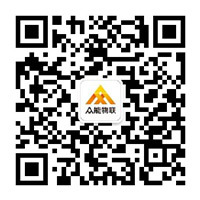
 粤公网安备44200002444728号
粤公网安备44200002444728号
联系我们:
随时期待您的来电


